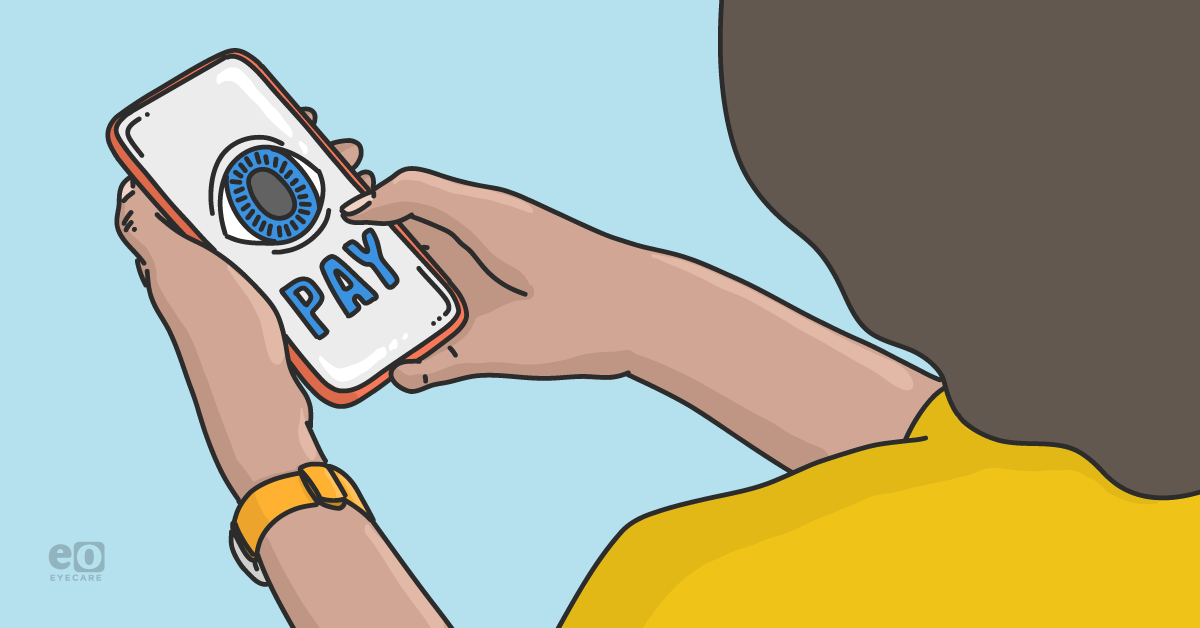In a fast-evolving economy,
the way of financial transactions has changed significantly in the past 5 years. For many people, this change has been slowly evolving, while others are puzzled when they can’t write a check anymore because retailers do not accept them. Personally, I find that carrying cash and even a wallet is very inconvenient, yet I will run into situations where someone asks me for cash.
If you find yourself frustrated that no one takes a check anymore or that cash is no longer king, then imagine how your patient feels when they want to pay you for your
products and services, and you make it extremely inconvenient for them. In order to make it easy for your patients to pay, I would suggest that you incorporate digital options for payment at your practice.
Digital payment options for your practice
1) Credit card machine
With this means of payment, make sure that your physical machine can accept
Apple Pay or
Google Pay. Then, allow your patients to pay with their phones. This is an easy first step that all practice owners can transition to within a week.
You may need to get an updated card machine to make this happen. For your accounting practices, this should not create any inconvenience for you or your team.
Expenses will likely be the least and range from 1% to 2%.
2) Venmo
Venmo is a great option if you can print and post a QR code at your checkout desk. Patients can scan the code and pay the amount that they owe. This can immediately be confirmed with payment. Venmo is an easy way to communicate to patients that you are listening and you understand modern commerce.
Expenses start at 1.9% + $0.10 with no monthly fees.
3) CashApp
CashApp could be a good option if you understand your patient base and they lean towards utilizing this on a regular basis.
According to NerdWallet,
- Overall, the fees are a little higher than Venmo and range from 2.50% to 2.75%
- Fees for transactions by debit card and app transfers are 2.5%
- Credit card transaction fees are 2.75%
4) Cryptocurrency
Seriously, if you want to be cutting-edge and attract wealthy investors, then give this one a try. I would not personally recommend it, and you would need to check with your accountant and commerce laws. However, crypto is out there, and for patients and practices at the bleeding edge of innovation, it could be an option.
Buying, selling, and holding cryptocurrencies is not regulated in many states, including California. Enter at your own risk!
5) Text to pay
This has become a nice addition to the patient engagement software companies like
Weave. Patients can receive a text of their balance, and they can pay through texting.
This is a very convenient way to get balances paid off, as
the old way of mailing statements can result in balances ending up in a stack on someone’s desk—or worse, thrown in the trash. Sending a statement by mail has its own risks, so when someone receives a text from your office, they are most likely going to review it and quickly pay their bill.
Expenses for this service can range from 2.0% to 3.5%.
Regional differences in payment methods
Remember, being easy to do business with is
a competitive advantage in today’s ever-changing market. Within the options listed above, there are many variants and additional apps that are used regionally. I have found that when I interact with friends in the Midwest, they use Venmo, while friends on the West Coast use CashApp. Now that may not be your experience!
Preferences can vary regionally and even within populations of people. So start by asking patients if they have a preferred method of doing commerce digitally. You will find out very quickly which options best suit your patients and practice.
Summing it all up
Your
optometric practice does not need to accommodate everyone, but it sure makes for great marketing when your patients state that you are easy to do business with. Modernizing payments in your practice makes it easy for your patients—and
happy patients come back!
